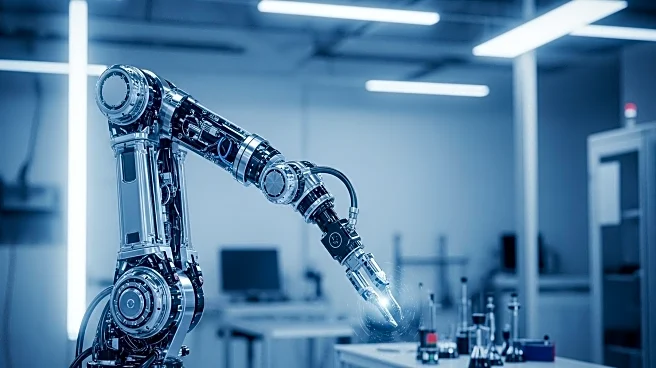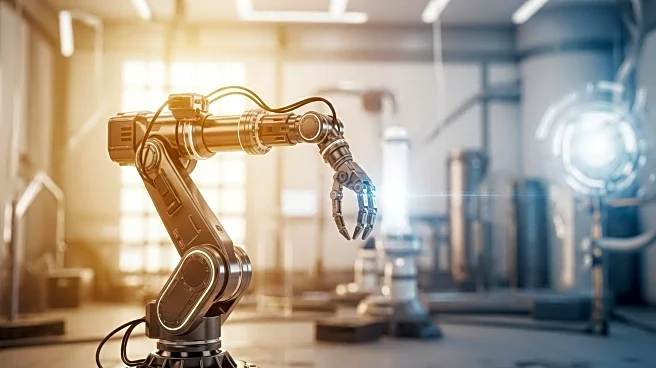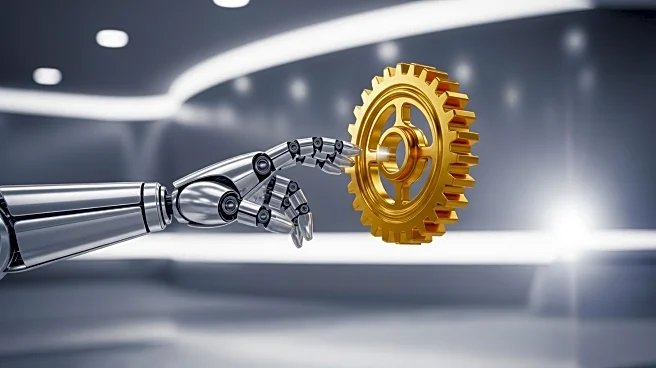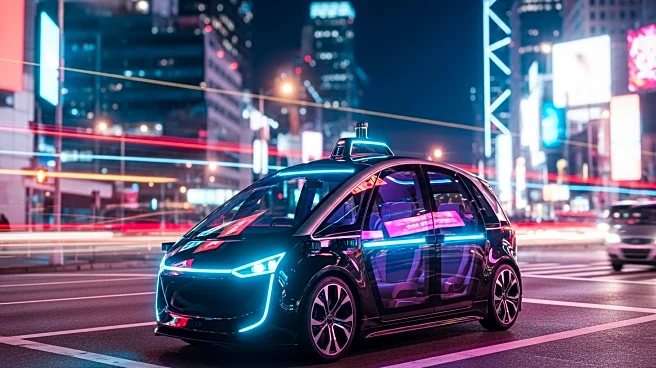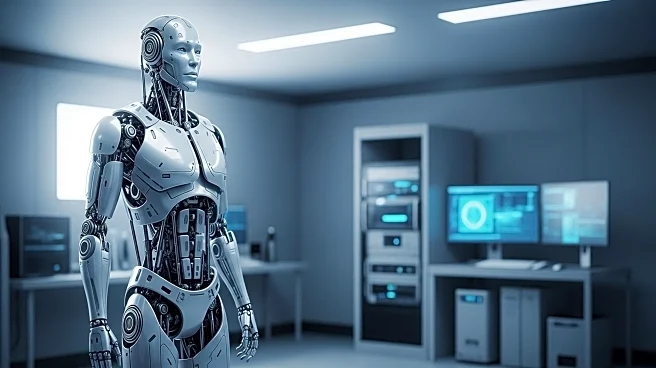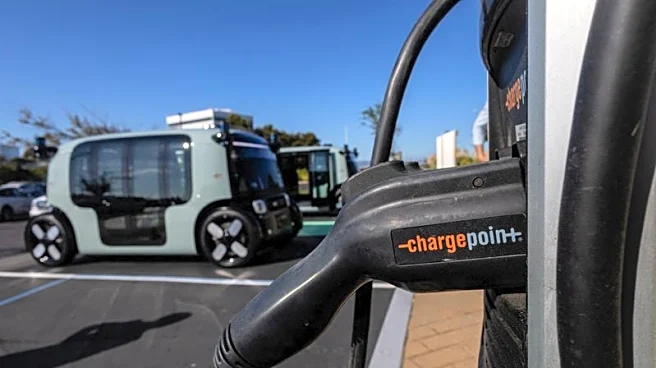What's Happening?
The robotics startup ecosystem is experiencing significant growth, driven by technological advancements, reduced hardware costs, and increased market understanding. In the first seven months of 2025, $6 billion has been invested in early-stage robotics startups, marking a notable increase in funding for this sector. This surge is attributed to key developments such as Amazon's acquisition of Kiva Systems in 2013, which catalyzed the creation of numerous startups. Investors like Seth Winterroth of Eclipse Ventures and Fady Saad of Cybernetix Ventures are showing increased interest in robotics, not just due to AI advancements but also because of the declining costs of hardware and improved robotics solutions. While sectors like healthcare, manufacturing, and eldercare are attracting significant attention, consumer-focused robotics, particularly humanoids, are less favored. Despite challenges, the potential for growth in the robotics sector remains substantial as startups continue to innovate and expand their customer base.
Why It's Important?
The growth in the robotics sector is significant for several reasons. It highlights a shift in investment focus from AI to other technological areas, indicating a diversification in tech investments. This trend could lead to advancements in various industries, including healthcare and manufacturing, where robotics can enhance efficiency and productivity. The increased investment also suggests a growing confidence in the potential of robotics to solve complex problems and meet market demands. As hardware costs decline, more startups can enter the market, fostering innovation and competition. This could lead to more affordable and advanced robotics solutions, benefiting industries and consumers alike. The focus on sectors like healthcare and manufacturing suggests that these industries could see significant improvements in operational efficiency and service delivery.
What's Next?
As the robotics sector continues to grow, we can expect further advancements in technology and applications. Startups will likely focus on developing more sophisticated and cost-effective solutions to meet the demands of various industries. Investors may continue to pour funds into promising startups, driving further innovation and expansion. The focus on healthcare and manufacturing suggests that these industries could see significant improvements in operational efficiency and service delivery. Additionally, as more startups enter the market, competition will likely increase, leading to more innovative and affordable solutions. This could result in a broader adoption of robotics across different sectors, further driving growth and development in the industry.
Beyond the Headlines
The rise of robotics startups also raises ethical and societal questions. As automation becomes more prevalent, there could be implications for employment, with potential job displacement in certain sectors. This necessitates discussions on workforce retraining and the development of new skills to adapt to a changing job market. Additionally, the integration of robotics in sensitive areas like healthcare requires careful consideration of ethical standards and regulations to ensure safety and privacy. The long-term impact of robotics on society and the economy will depend on how these challenges are addressed and the balance between technological advancement and societal needs.
